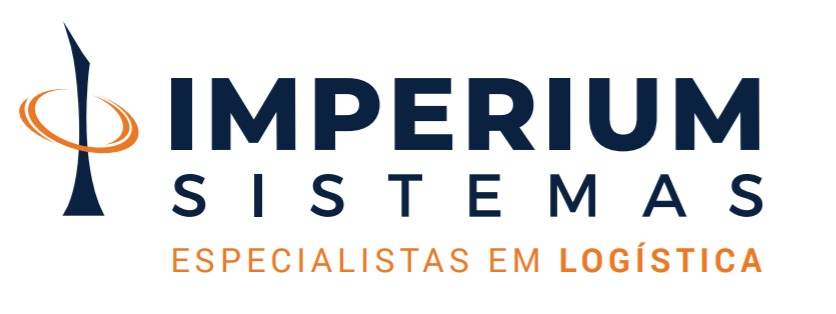Software as a system is a popular delivery model for business applications, which includes email, peer to peer and calendars. It provides a international solution to a lot of the challenges faced by businesses today and eliminates the need for hardware, software and platform repair.
SaaS is among the three primary categories of cloud computing, along with infrastructure as being a service and system as a product (PaaS). It enables businesses to access an array of applications by using a secure network connection.
Different to traditional organization software, which is sold on a licensing basis with a great up-front price and a great optional ongoing support service charge, SaaS distributors typically demand customers based upon usage metrics. This decreases the initial system cost and offers easy monitoring and improvements.
Data management as a product (DMaaS) enables you to manage your data on-demand and avoid the hassles of dealing with system issues. As a consequence you can give attention to policies and SLAs, whilst enabling your developers and analysts to locate and review data instantly.
A good DMaaS tool is usually GDPR-compliant to ensure data is secure and only accessible by the people who have whom it is very intended to be distributed. It also is included with features where you can search for files by brand, date and also other parameters; synchronize files in the cloud into a local folder on your computer or vice versa; build user accounts, distribution communities and set accord; and select storage zones and group subscriptions.
You can even build user organizations based on certain attributes, just like email addresses or authentication type. You can then make use of the tool to synchronize files relating to the computer as well as the cloud, and access them anywhere anytime.
File-sharing equipment are a great way to share documents using your team members and collaborate about projects. They will let you upload and synchronize files right from a variety of devices, such as desktops, laptop computers, tablets, cell phones and skinny clients.
The best file-sharing tools have advanced security and encryption in order to keep files secure, and provide convenient collaboration and sharing options. You can even build permissions for users, allowing them to view and edit files but not to upload or perhaps download them.
Moreover, most file-sharing equipment are easy to apply and integrate with other business apps. For instance , you can instantly sync files from a document supervisor or schedule application to the file-sharing company. You can also access your documents from other software, such as expression processors and presentation editors.
Another benefit for a file-sharing tool is the fact you can share with as many stakeholders as necessary, by project managers and team leads to clientele and other interested parties. Also you can track your progress, look at who has used the documents, and monitor project conclusion.
In addition , a large number of file-sharing tools are able to sync www.elektrosystems.nl files from the cloud into a personal folder on your computer or vice versa. This kind of can save you the problem of constantly going files involving the work and home computer systems.

